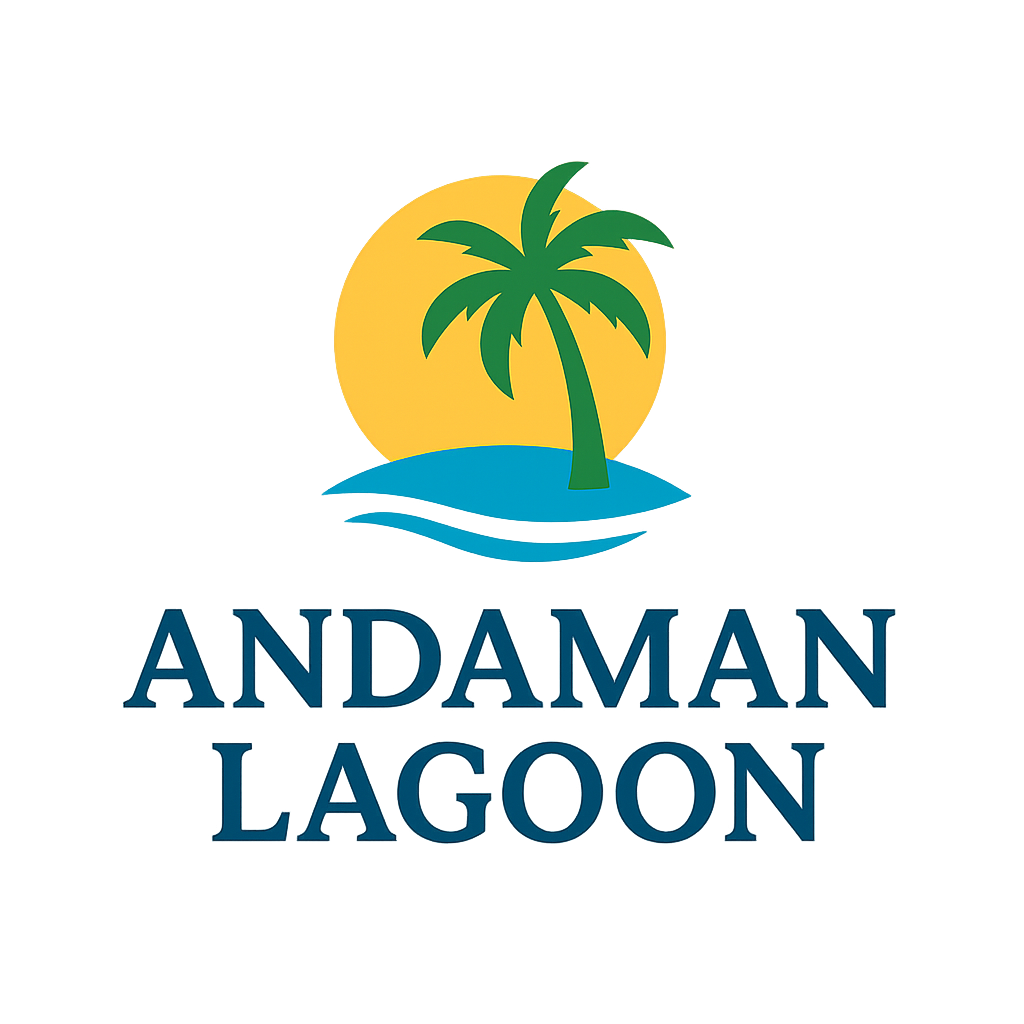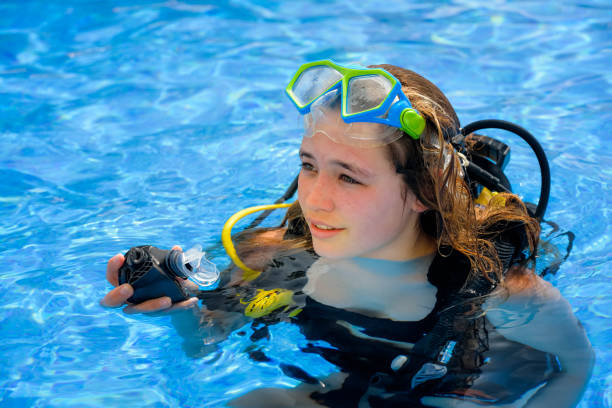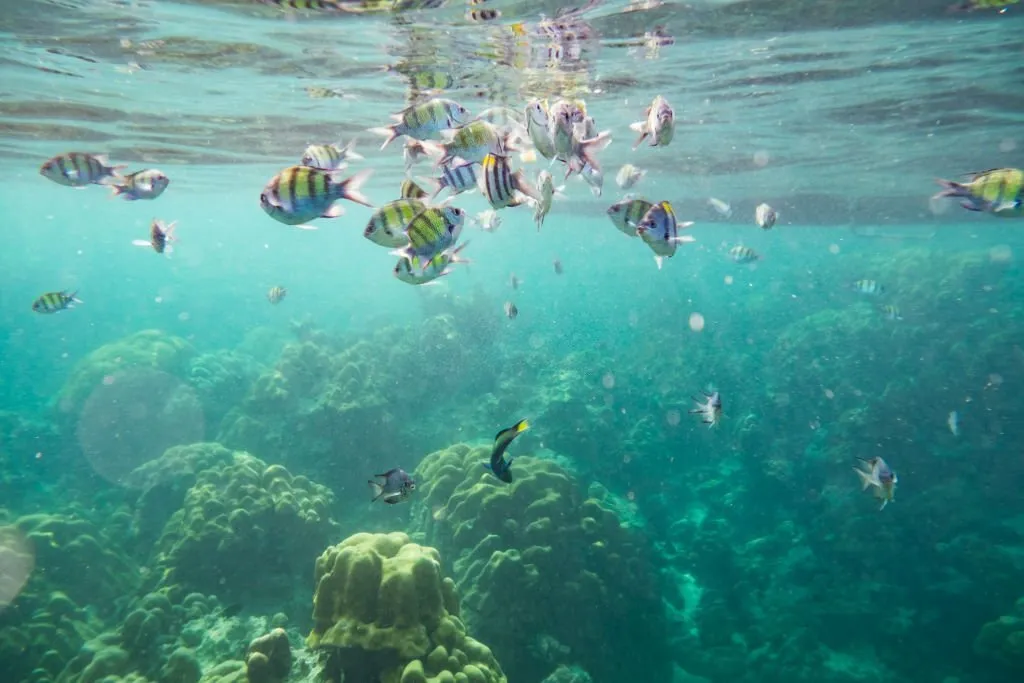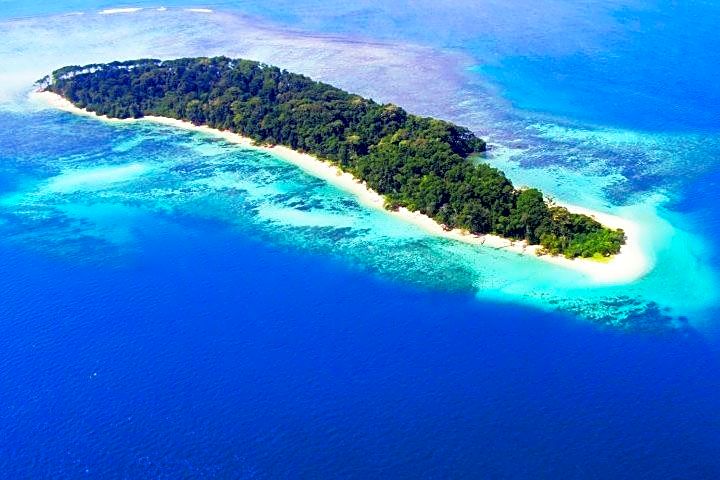Welcome to - Rangat
Explore Rangat: The Hidden Gem of Middle Andaman
Nestled in the heart of Middle Andaman, Rangat is a serene and scenic destination that offers a perfect blend of lush greenery, tranquil beaches, mangrove creeks, and rural charm. Often overshadowed by its more popular counterparts like Port Blair, Havelock, and Neil Island, Rangat remains relatively unexplored, making it ideal for travelers seeking offbeat experiences. If you’re a nature lover, wildlife enthusiast, or someone who craves peace away from the tourist rush, Rangat is the place to be.
In this guide by Andaman Lagoon, we’ll take you through everything you need to know about Rangat — from how to get there, must-visit places, and travel tips to why it should be part of your Andaman itinerary.
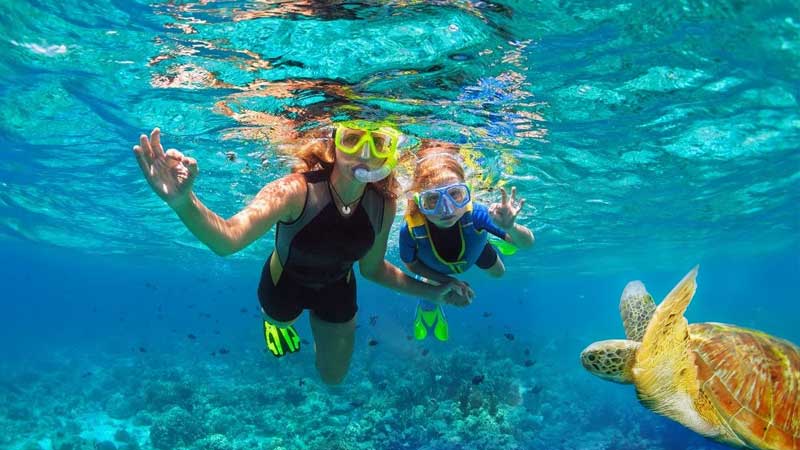
Where is Rangat Located?
Rangat lies approximately 170 km north of Port Blair, situated in Middle Andaman Island. It is well connected by road and sea routes and is known for its eco-tourism spots, mangrove forests, waterfalls, and pristine beaches. Surrounded by dense tropical forests and remote villages, Rangat offers a raw and untouched slice of the Andaman experience.
How to Reach Rangat?
You can reach Rangat from Port Blair in the following ways:
By Road: A scenic journey of about 8–9 hours via the Andaman Trunk Road (ATR). Shared buses, private taxis, and government buses operate regularly.
By Ferry: Inter-island ferries from Port Blair also connect to Rangat, although the availability may vary based on weather and schedules.
Top Attractions in Rangat
1. Dhani Nallah Mangrove Walkway
One of Rangat’s most unique attractions, Dhani Nallah is famous for its wooden mangrove walkway — a 700-meter-long boardwalk that takes you through dense mangrove forests. It’s a peaceful and educational walk, perfect for nature photography and birdwatching. At the end of the walkway lies a quiet beach where sea turtles nest during the season.
2. Amkunj Beach
This eco-friendly beach is developed and maintained by the forest department. With sit-out huts, log chairs, and pathways made of recycled wood, Amkunj Beach is ideal for a relaxing afternoon. The beach is rocky and not suitable for swimming, but the surrounding scenery and natural setting are truly enchanting.
3. Morrice Dera Beach
Known for its natural rock formations, this beach is another picturesque stop near Rangat. The forest department has developed basic facilities and shelters here, making it a great place for a short stopover and photography.
4. Yerrata Mangrove Park
This well-maintained park showcases the importance and biodiversity of mangroves in the Andaman ecosystem. With elevated boardwalks and watch towers, Yerrata is both an educational and scenic attraction, especially for families and school trips.
5. Panchavati Hills and Waterfalls
Located around 12 km from Rangat, Panchavati Waterfall is a seasonal cascade that flows best during and after monsoon. Surrounded by hills and forests, it offers a great opportunity for small treks and picnics amidst nature.
Why Visit Rangat?
Eco-Tourism Paradise: The Andaman government has taken conscious steps to promote Rangat as an eco-tourism hub. From recycled wood benches to mangrove conservation, everything here speaks of sustainability.
Less Crowded: Compared to the more commercial islands, Rangat is calm and uncrowded — ideal for slow travel and digital detox.
Natural Diversity: Mangroves, beaches, hills, waterfalls, and rare flora and fauna — Rangat showcases the diverse ecological wealth of the Andaman Islands.
Best Time to Visit Rangat
The best time to visit Rangat is between October and May, when the weather is pleasant, and the sea conditions are calm. Monsoon (June to September) can be unpredictable and may hinder outdoor activities due to rainfall and rough seas.
Where to Stay in Rangat?
Rangat offers a few government guesthouses and budget lodges. While luxury accommodations are limited, the available options provide decent comfort, food, and essential services.
Some popular stay options include:
APWD Guest House
Hawksbill Nest (maintained by the Tourism Department)
Private eco-lodges and homestays
Advance booking is recommended during peak tourist seasons.
Things to Keep in Mind While Visiting Rangat
Limited Mobile Network: Connectivity may be patchy in some areas. BSNL and Airtel work better here.
Cash Over Cards: Carry enough cash as ATMs are few and online payments are not accepted everywhere.
Eco-sensitive Area: Do not litter or disturb local wildlife. Follow guidelines at eco-parks and beaches.
No Nightlife: Rangat is peaceful and quiet — perfect for nature lovers but not ideal for those seeking nightlife or party scenes.
Nearby Places to Explore
If you’re planning a road trip through Middle and North Andaman, Rangat can be a great base to explore nearby places:
Mayabunder: Known for beaches, turtle nesting grounds, and the German Jetty.
Baratang: Famous for limestone caves, mud volcanoes, and tribal reserves.
Diglipur: Offers access to the highest peak in the Andamans — Saddle Peak — and the stunning Ross & Smith Islands.
Suggested Itinerary Including Rangat
Day 1: Port Blair to Rangat (via ATR) – Evening at Amkunj Beach
Day 2: Visit Dhani Nallah, Yerrata Mangrove Park, Morrice Dera
Day 3: Head to Baratang or continue toward Diglipur
Why Rangat is a Must-Visit
Rangat may not be on every tourist’s radar, but that’s exactly what makes it special. With its deep-rooted connection to nature, eco-conscious initiatives, and peaceful surroundings, Rangat is a refreshing escape from the usual crowd. Whether you’re a nature lover, a birdwatcher, or a responsible traveler seeking authentic experiences, Rangat deserves a place on your Andaman travel list.
Andaman Lagoon invites you to discover the unexplored side of Andaman — starting with the rustic charm of Rangat!
